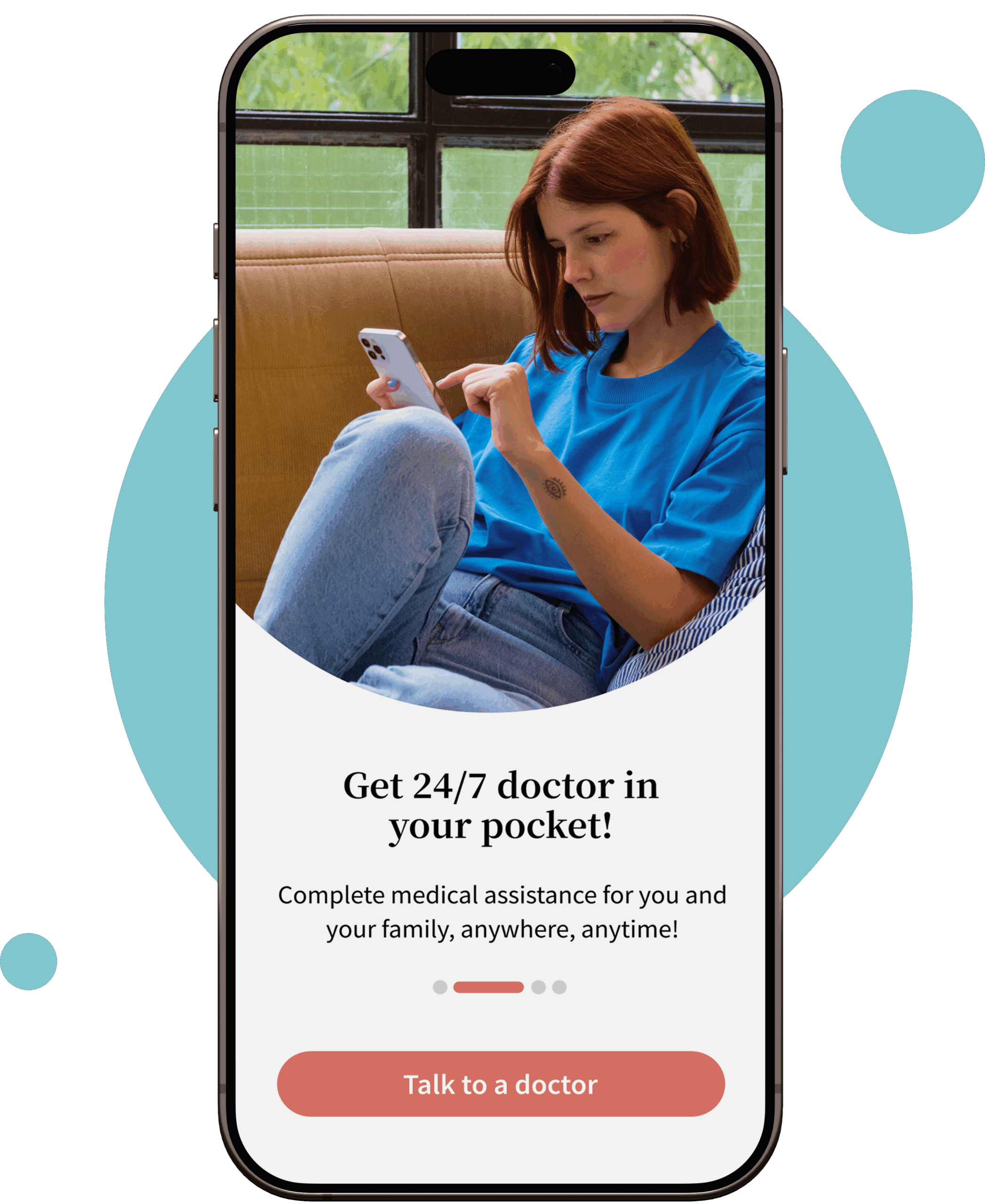
Analgesics/pain management prescriptions online.
Pain-managing agents like acetaminophen, Ibuprofen, Naproxen and Celecoxib are go-to options for the management of pain depending on the severity of the type of pain. These agents are called analgesics (pain-reducing) and are effective in treating and managing mild to severe pain in the body, including headaches, muscle aches, and other related body pain.
With efficient and easy-to-use online services, you can get a personalized prescription or refill of an existing analgesic or pain relief medicine from our certified healthcare providers.
![]() Pickup available in less than an hour at your local pharmacy
Pickup available in less than an hour at your local pharmacy
![]() Prescriptions subject to provider approval
Prescriptions subject to provider approval
What are the different types of Analgesics?
Analgesics are categorized into three different types:
Acetaminophen (Tylenol):
Acetaminophen comes in different brands like Tylenol and Ofirmev, It’s an over-the-counter (OTC) medication that relieves pain and reduces fever without providing anti-inflammatory effects. It’s important to note that there is a maximum effective dose for acetaminophen according to age. It’s beneficial not to avoid the required and recommended dose to avoid unwanted adverse effects of this medication.
NSAIDs (Nonsteroidal anti-inflammatory drugs):
They are also over-the-counter medications and can be taken to reduce pain or inflammation.NSAIDS doesn’t require a prescription and comes in safe doses/dosage forms. They provide temporary relief but should not be overdosed or taken regularly. Consult your healthcare provider for other pain management options in case of persistent and long-term localized pain.
Examples include
Opioids:
Opioids are controlled substances that are not available over the counter. All the controlled substances tend to cause addicting patterns in patients however opioids are considered usually the last option when treating pain to avoid the addiction.
What are the side effects of analgesics?
Some of the common side effects of analgesics include:
- Heartburn
- Indigestion
- Nausea
- Vomiting
- Constipation
- Diarrhea
- Headaches
- Dizziness
Some severe side effects of Analgesics are:
- Ringing in the ears
- Allergic reactions
- Delirium
- Respiratory depression
How do different analgesics work to treat pain?
Pain relief medications generally work on the pain receptors in the body, and the production of prostaglandin chemicals signals the brain about the pain.
Acetaminophen reduces pain and fever by inhibiting COX enzymes, with minimal anti-inflammatory effects, but excessive use can harm the liver. NSAIDs block COX-1 and COX-2 to relieve pain and inflammation, but long-term use may irritate the stomach and increase cardiovascular risks.
Consulting healthcare professionals is beneficial to get the proper diagnosis and treatment according to your medical requirements.
Request pain management medications online
Get pain management medications in three easy steps.
1
Describe your issue
Download our app, register and tell us about your medical issue to get started.
- Pain Management
- Anemia
- STD
- UTI
- Skin
- Covid
2
Chat with a doctor
Connect with a board-certified doctor. You can chat, send pictures and videos.
Hi Dr. Nicole, I have severe pain in my left leg. Can I get the pain management plan for this, please?
3
Get online prescription
Our online doctors can help you with your medical issues and give you prescriptions.
Prescription
Naproxen 500mg
1 tablet ,twice a day every 6 hours for 4 days
Send Prescription
Risks associated with analgesics
- NSAIDs are considered safe medications and are available over the counter.
- If taken for more extended periods or more often, they can cause damage to internal organs, such as the liver or kidneys, and heart problems.
FAQs about analgesics
What is the safest pain medication for long-term use?
Acetaminophen is considered a safe medication for longer use as it has comparatively less severe side effects, including stomach pain and GIT discomfort.
Can painkillers interact with other medications?
Yes, Painkillers or pain relief medication can interact with other medicines. If you are already taking medications, consult your doctor or pharmacist to get the best alternatives to avoid any drug-related interactions.
-Phindile Mkhatshwa
-brooke snow
-Okiti Stephanie
-ASIF Khan
-Chelsey
-edith bien aime
-Lesego Thejane
-Stephanie Brown
-kulwinder gill
-Elijah Mark
Get started today
Talk to online doctors now and get medical advice, online prescriptions, and referrals within minutes. On-demand healthcare services at your fingertips.





